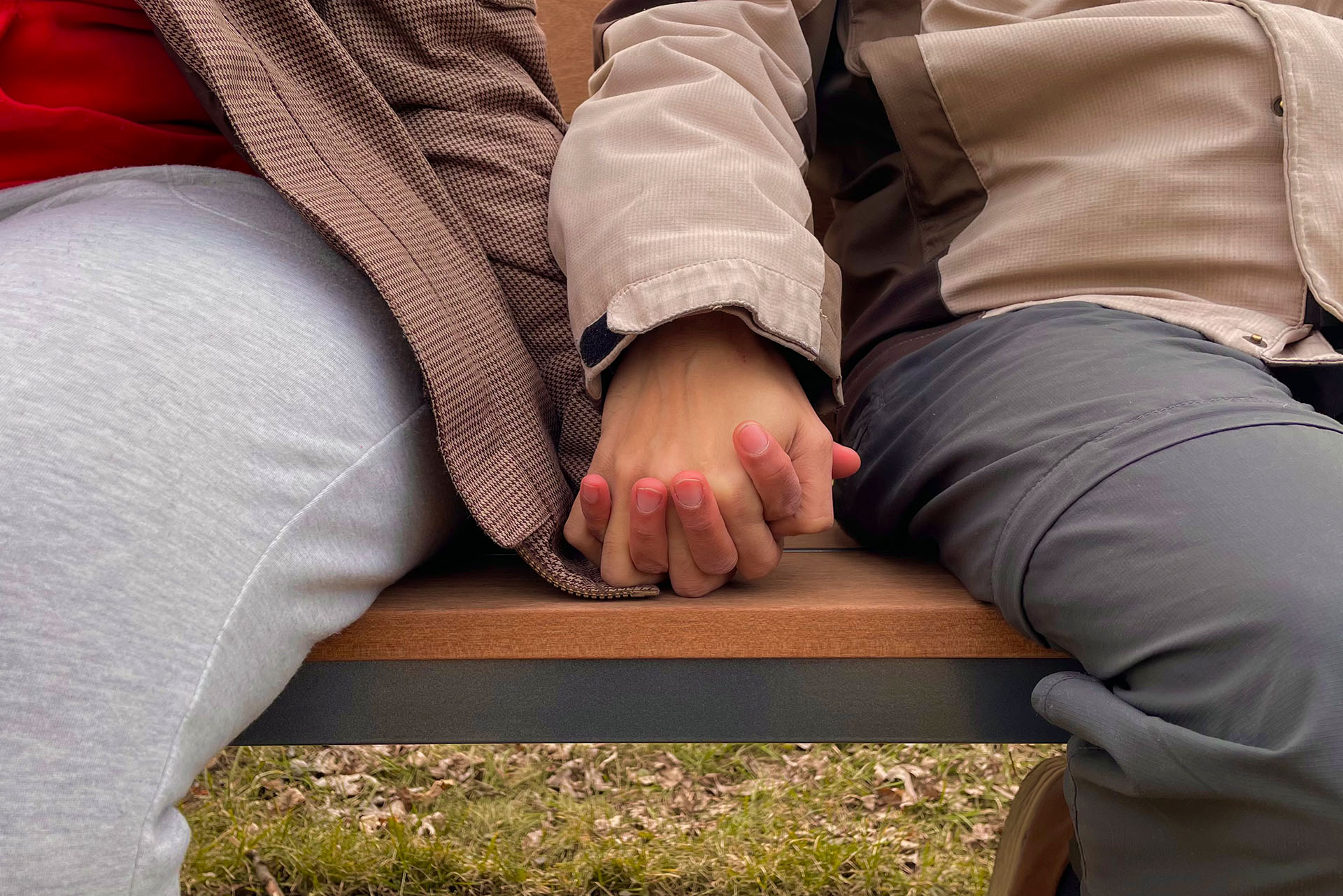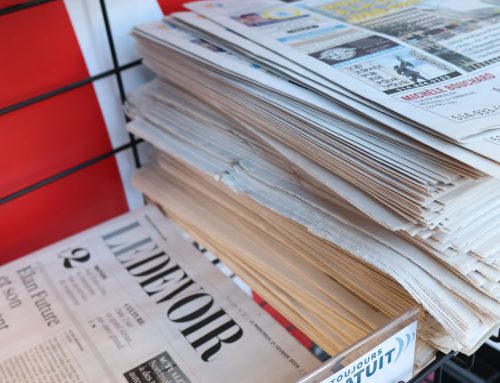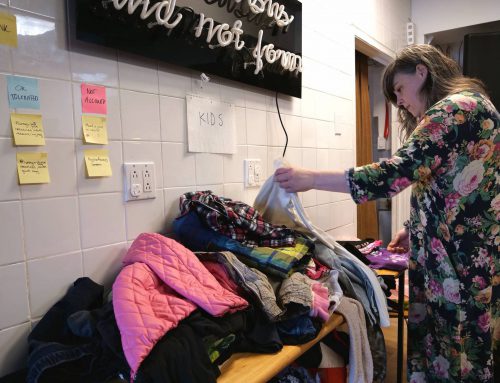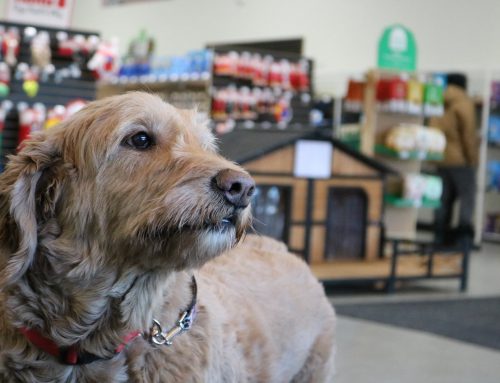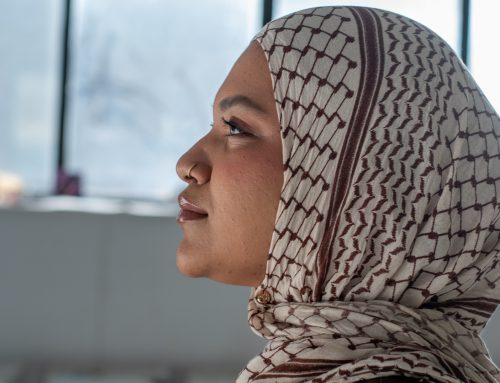BY Narmeen Imam & Meagan Godin
For 22-year-old Noah Shara, apps like Tinder have become a popularity contest, especially in the last few years.
“I signed up in 2018, when everyone was on the Tinder binge—I was on there for a couple of months, but I just ended up deleting it shortly after.”
Initially launched in 2012, Tinder presented an easy and accessible way to match with potential partners. Swipe right if interested, swipe left if not. A quick decision based on a few pictures and a short bio description.
Though Shara had not been the biggest fan of dating apps, he realized his options were limited and the best alternative to meet new people during COVID-19 isolation was through online dating.
“Because of all the restrictions brought by the pandemic, the whole scene of going out to clubs or gatherings to meet people was not possible, so a lot of people shifted to online dating apps,” says Shara. “If you matched with someone, it was just an entertainment of being able to speak to someone for a while because you were so used to seeing the same four walls at home all the time.”
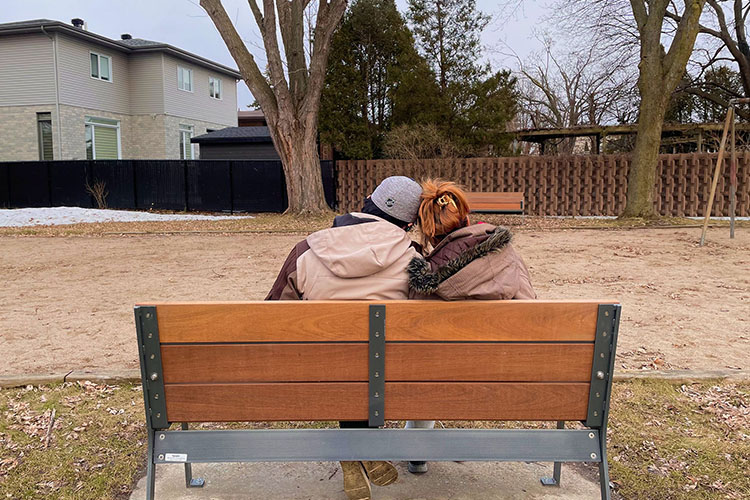
A couple enjoying their Sunday evening at their local park. Photo by Narmeen Imam.
Due to the loneliness and boredom brought by COVID-19, there was a rapid increase of people signing up for dating apps.
Christopher Dietzel is a researcher and postdoctoral fellow at the Sexual Health and Gender (SHaG) Lab at Dalhousie University. He has studied how dating app companies have responded to the pandemic.
“In the early months of the pandemic, dating apps reported an uptake in the number of people who were using the apps, and the amount of time people spent on the apps was also higher,” says Dietzel.
According to Montreal-based lifestyle coach Cheryl Besner, younger app users (18 to 23 years old) tend to use online dating apps more loosely than others (23 and older) who are often looking for something more serious.
“Younger generations tend to say if it’s not fun I don’t wanna do it. It has to draw them in, it’s not just about meeting people but it has to be something fun too. Instagram is that for them. That generation isn’t gonna get into match.com for example,” says Besner. “Their social media is their dating app. They might use things like Tinder, but they tend to use social media more to meet new people.”
Online dating during COVID-19 also created an opportunity for people to hone their communication skills and take things more slowly.
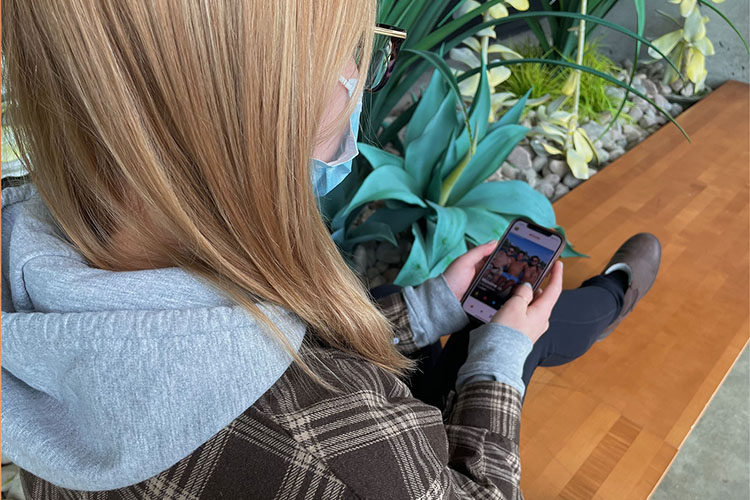
A Tinder user swipes through her app in search of a match. Photo by Narmeen Imam.
“Many learned to use words and vocabulary to connect rather than relying on the physical contact that some people rush into while dating,” says Besner. “It changed the way people interact—people slowed down and took their time [before] meeting in person to really get to know somebody.”
However, easily accessible and increasingly algorithm-ized dating experiences can have its downsides.
A recent Pew Research study concludes that one third of women using dating apps have been called an abusive name, and almost half of women have had men continue to pursue them after they said “no.”
In fact, early research shows that there were increased rates of at-home violence, sexual violence and domestic violence around the world during the pandemic, according to Dietzel. Though these issues are not specific to apps, they have fueled the conversations around increased online violence and harassment.
Boundaries and consent
Dating apps originated in the queer community with apps like Grindr (launched in 2009) and Scruff (launched in 2010). These apps helped single men find other potential users within their distance.
One thing that has changed drastically is the way we discuss our boundaries, according to Dietzel, who studies how queer people have used dating apps, in comparison to heterosexual people.
“Dating apps have been a safe space for queer people to have open conversations around sex and romance, and those types of ideas have become more common among heterosexual people because of the pandemic,” Dietzel says.
Once the COVID-19 vaccination became available and popular, various dating apps included an option for users to add their vaccination status onto their profiles. People were also able to select if they preferred online dates or in-person meetings.
“These things combined have really spurred a lot of public conversations around boundaries and safety on dating apps, being the first space where people connect and potentially meet in person.”
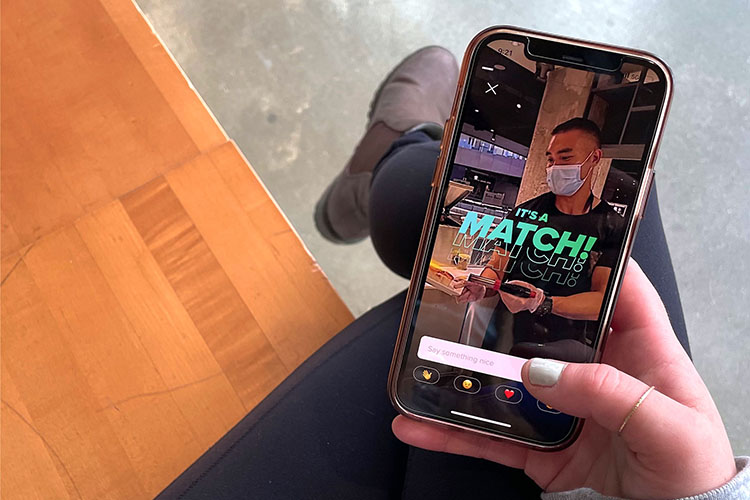
A Tinder user finds a match. Photo by Narmeen Imam.
Certified expert love coach and founder of the School of Love Diana Eskander echoes Dietzel’s point.
“Because there was a legitimate concern around health and safety, there was a lot less hookup culture and more honest conversations from the start – and previously those were conversations that people didn’t want to have or saved them for much later, and it kind of forced this level of honesty from the start,” says Eskander.
“There’s more transparency and a much slower progression because maybe you can’t see each other as often – you might go slower than you previously [otherwise] would have.”
Long-distance relationships function well if there is a solid connection. Video by Meagan Godin.
Dietzel says that dating app companies have recently made a push to promote slow dating.
“Online dating app companies have framed the pandemic as an opportunity to go back to [earlier] dating norms, to challenge the idea that dating apps are only for casual hookups or only for short term interactions,” says Dietzel.
Increasingly, companies are starting to push the idea of slow dating or virtual dating as an opportunity for people to talk more and interact less in person during the pandemic.
“By facilitating those conversations through apps, companies are hoping to get away from those impressions of apps as something temporary or not substantial,” says Dietzel.

Couple Tobias and Chloe spend time together at a cottage. Photo courtesy of Tobias Haller.
24-year-old Gabrielle Gauthier Lalonde unexpectedly met her current boyfriend through Tinder.
In 2015, Lalonde was among the many single teens who signed up for Tinder on a whim. After a year of being single, Lalonde finally matched with someone and decided to meet him in person. After a few casual dates, Lalonde was invited on a boat outing.
“There, I had really connected with one of his friends, but I didn’t pay it much attention seeing as I was already on a date with someone else,” says Lalonde. “Later on, the guy that I had made a connection with on the boat messaged me on Facebook and asked me out for coffee. Seven years later, we’re still together.”
Ironically, Lalonde had previously come across her current partner’s profile on Tinder but swiped left because his profile didn’t catch her eye.
“I found dating apps to be disadvantageous in that way because we make assumptions based on a few pictures and end up being wrong 90 per cent of the time, so I don’t think it gives people the chance to make a good first impression.”
A recent survey found that Tinder and Grindr users reported lower levels of self esteem and higher levels of psychological distress. The apps came close to the top of the list of those that make users the most unhappy.
“That’s why I prefer meeting people in person, dating apps have become a popularity contest and it’s pretty artificial nowadays,” Shara says. “When you’re meeting someone in person it’s based on the first impression – you see them, how they act, you exchange words and immediately have an idea of what their personality is like, just a glimpse of it. Whereas online, you take half a second to look at a picture and if your mind isn’t immediately lit up, you swipe left and onto the next person.”
“I’ve had way better success on second dates with people I met in person, rather than someone I matched with on a dating app,” says Shara.
How familiar are you with modern dating apps? Take our quiz to find out. Media by Narmeen Imam.
This modern dating dilemma is difficult to navigate for younger generations, who are willing to meet people online, but are flooded with unrealistic expectations through social media.
“There is a lot of frustration around the online dating space – but pandemic or not, online dating is here to stay. What you then want to do is to get some skills around online dating,” says Eskander.
“With some tweaking, a better understanding of self and what you’re looking for, and better discernment online, it can be a beautiful platform.”
